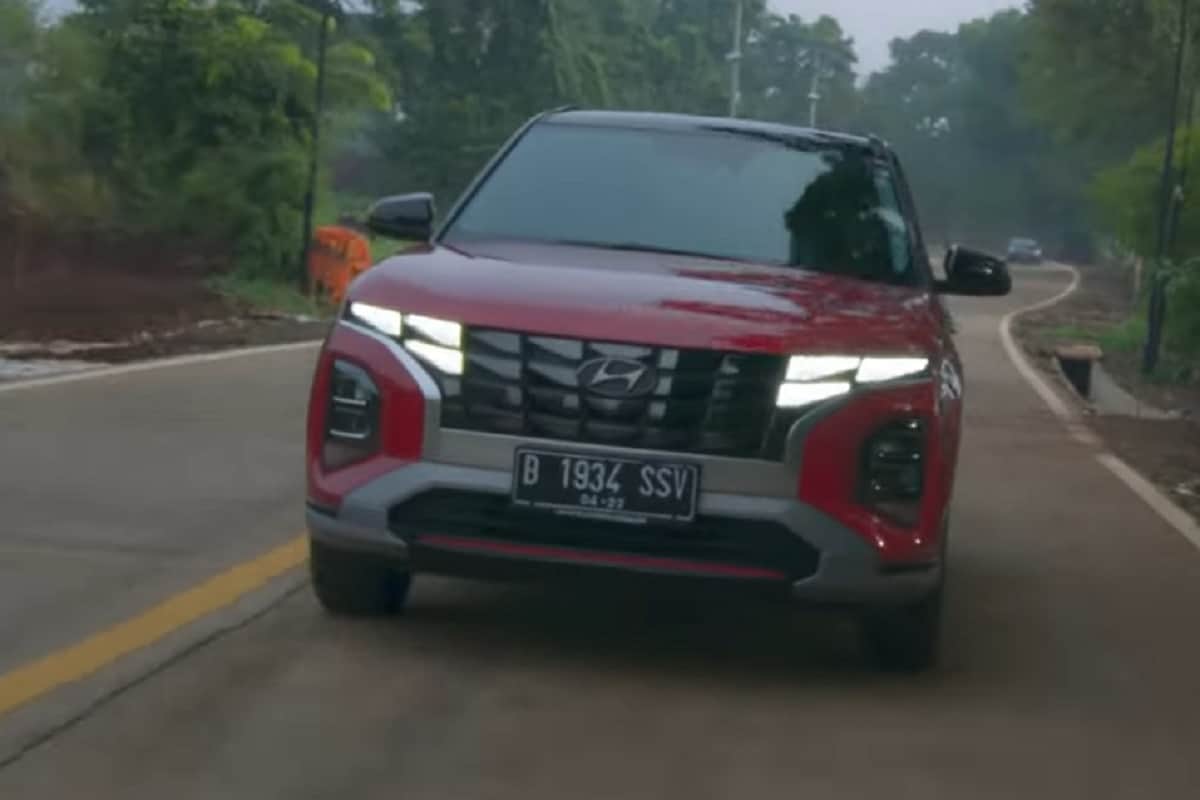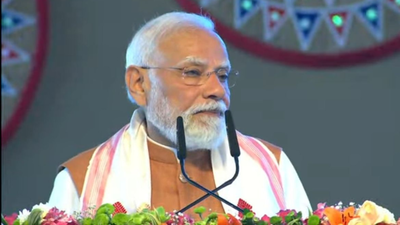We’ve all been eagerly anticipating the arrival of the updated version of the Hyundai Creta, set to debut in early 2024. In January 2024, the new model of this SUV will be unveiled, with its market release likely to follow in February. The automaker has been conducting extensive testing of the 2024 Hyundai Creta on both Indian and international roads, and as a result, we’ve managed to uncover some intriguing design and interior details.
The exterior of the vehicle will undergo significant changes, drawing inspiration from the Palisade SUV, which is available in select global markets. Notable alterations to the front end include a brand-new grille with cube-like details and vertically positioned headlamps featuring a split pattern, along with Palisade-style LED DRLs. The front bumper will also receive a revision.

Apart from the newly designed alloy wheels, the side profile will closely resemble that of the current model. However, some noticeable adjustments are in store for the rear section, including newly designed LED taillamps and a modified bumper. Dimensionally, the new Creta will remain unchanged. Read: Hyundai’s EV Plans For India – All Details
The standout feature of the 2024 Hyundai Creta facelift will undoubtedly be its Advanced Driver Assistance System (ADAS), offering functionalities like blind spot monitoring, an auto emergency braking system, adaptive cruise control, collision avoidance, high beam assist, and lane keep assist.

Additionally, the SUV may come equipped with a fully digital 10.25-inch driver’s display, as seen in the recently launched Seltos facelift. Other features, such as a wireless phone charger, automatic climate control, a Bose sound system, a panoramic sunroof, USB Type-C chargers for rear seat passengers, electronic stability control, a tire pressure monitoring system, parking sensors, and six airbags, will also be available.
Under the hood, the 2024 Hyundai Creta facelift will house the Verna’s 1.5L turbo petrol engine, capable of delivering 160bhp. It is likely to be offered with both manual and DCT gearbox options. The new model will also retain the existing 1.5L naturally aspirated petrol and 1.5L diesel engines, each producing 115bhp.
Image Source






